When I shared with John Morton during MSIA Australia’s Conference, he asked me why I hadn’t followed up my Heartreach stories regarding the bushfires that my husband Paul and I experienced in January. He said that there had been no follow up in the media and no follow up from me. I have thought about this quite a lot and the upshot is this article for the New Day Herald.
Firstly, I need to tell all of you how grateful Paul and I were for all the Light you sent to us and to our lovely Kangaroo Island and to the other bushfire affected areas in Australia. Secondly I would like to tell you that the inner message I received from John-Roger as we evacuated to the footy oval “that you are never given more than you can handle,” continues to resonate inside me with much joy. I realised at the time of receiving the message that it didn’t necessarily mean that our home would not burn down. After all, we had lost our beach shack and possessions a few days before. It meant that I could handle losing all that we owned. It was a very freeing thought and as we left our home at 2.30 in the morning we decided to only take our two poodles, our computers, IPods and important papers.
Our home did not burn down! The three townships that were evacuated that night did not burn down. The wind suddenly stopped and changed direction. The firebreaks and the fire fighting conducted by the volunteer fire fighters and the Army worked; the planes dropping fire retardant did the rest. Three days later we received several inches of very heavy rain and all the fires (including those on the mainland), were drowned. We do not normally receive rain at this time of the year. For those of us who have faith in God we knew that He had spared us.
After the rain, as we expected, the bush began to show signs of life. The grass trees (Xanthorrhoeas), began to shoot green grass-like leaves from their blackened trunks. I remembered that in 2007, when we had the last bad bushfire on the Island, the grass trees had the most spectacular flower spikes in the following spring. No one had ever seen anything like it before. I am looking forward to an even better display in September. The narrow-leaf, cup and mallee eucalyptus gum trees also began sprouting pretty pale green and red leaves from their trunks, branches and twigs. What had looked like charcoal and completely dead a few days before, was now blossoming with life and hope. The understory in the bush is slower to respond and will need further rain. However, we know, that the bushland seeds have evolved over thousands of years to rely on fire to activate their germination and it is only a matter of time. It will take about twelve years before signs of the bushfires will disappear altogether. The last sign is always the blackened canopy branches at the top of the trees.
With the regeneration of the bush we thankfully and blessedly began to see signs of life in the creatures. The ants — how they survived the 600 degree heat I don’t know — were soon seen scurrying about. Beetles and other tasty morsels were soon followed by echidnas foraging about in the ash. At this time of the year the echidna puggles (young) leave their deep burrows for the first time. So even though their parents in the fire affected areas are probably all dead, the Island echidna species has survived. Although 45,000 koalas were lost in the fires, there are still estimated to be 15,000 left. Because of the planting of blue gum eucalypts for paper pulp twenty years ago, the Island had an explosion in the koala population that was going to be an impending ecological disaster. It is not a popular thing to express, but the fires have solved a very serious problem for the koala population that would have been facing starvation in a year or so.
I am on the committee of the Wildlife Network, an organisation set up to rescue wildlife hurt by traffic on the roads and to provide habitat protection and nesting boxes for our endangered species. Prior to the fires we had $200 in the bank, we now have nearly $300,000! This has enabled us to fund projects such as nesting boxes for the endangered glossy black cockatoos and nectar feeding stations for nectar feeding birds; feeding of sweet potato and watering stations for the kangaroos, wallabies and possums; watering stations for the endangered Rosenberg’s goanna and relocation of koalas to areas where there are well-established eucalyptus trees.
Special care is being taken to support the survival of two species that are only found on Kangaroo Island. One tiny marsupial called a dunnart was thought to be lost forever, but a few weeks ago a little group was found in an area that had escaped being burned. They are being protected from predators with a special fence and human made tunnels so that they can move about safely. I can’t tell you how happy this has made people on the Island. Another tiny creature that is only found on this Island and a small part of New South Wales, is the Green Carpenter bee. It lives alone and its habitat had mostly been destroyed. This bee has received special funding and we hope will survive. The Royal Society for the Prevention of Cruelty to Animals (RSPCA) has intervened in the rescue and care of our wildlife, and the KI Wildlife Park has evolved into the major centre for hospital care for injured animals. Thousands of kind people from all over the world have donated money and offered their time to come and help.
Kangaroo Island fire affected residents have also been overwhelmed by the support of money, clothing, goods and temporary shelter from fellow Australians and from overseas. I know personally of many people who arrived in Kingscote on the day of evacuation with only the clothes they were wearing. They had lost their homes, farms and stock. It has been devastating for them. The experience of fighting an unbeatable fire and then having to flee for one’s life has serious mental emotional consequences. At first the community were in shock and everyone had a story to tell. There were many, many tears. This was followed by anger and blame, but now the emotional tide is turning and people are beginning to plan their new homes and explore new farming practises that include better fire prevention strategies. An organisation called Blaze Aid that is made up of volunteers around Australia and all over the world are helping to rebuild thousands of kilometres of farm fences. State and Federal funding is being used to support all those affected by the fires. We are really being taken care of in many, many ways.
Kangaroo Island relies economically on tourism. As a result of the fires and now the COVID19 virus situation, it has been a very challenging time for everyone. After an excellent advertising campaign, Australian tourists are coming to visit us in healthy numbers and at the moment we are okay. No one on the Island has the virus to date. Paul and I are sensibly stocked up in case we need to go into isolation (including appropriate toilet paper supplies!) We are all practising good hygiene principles.
We see that our main role as Island residents is to stream out Light for the highest good and we know that what has happened here and everywhere else in the world is part of a greater plan. John shared some very inspiring words at conference that expressed great hope for the world. It can become something far better and greater than it is. I feel excited about what is going to happen here and am open to serve in whatever way I am guided.
Light to us all for the gift we have in our relationship with the Travelers and our willingness to serve the Lord for the very highest good of all.






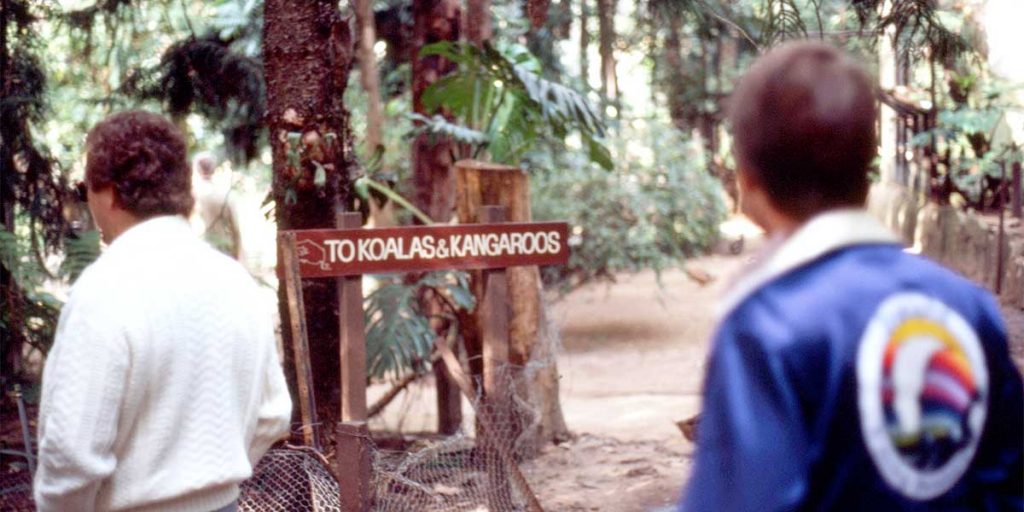
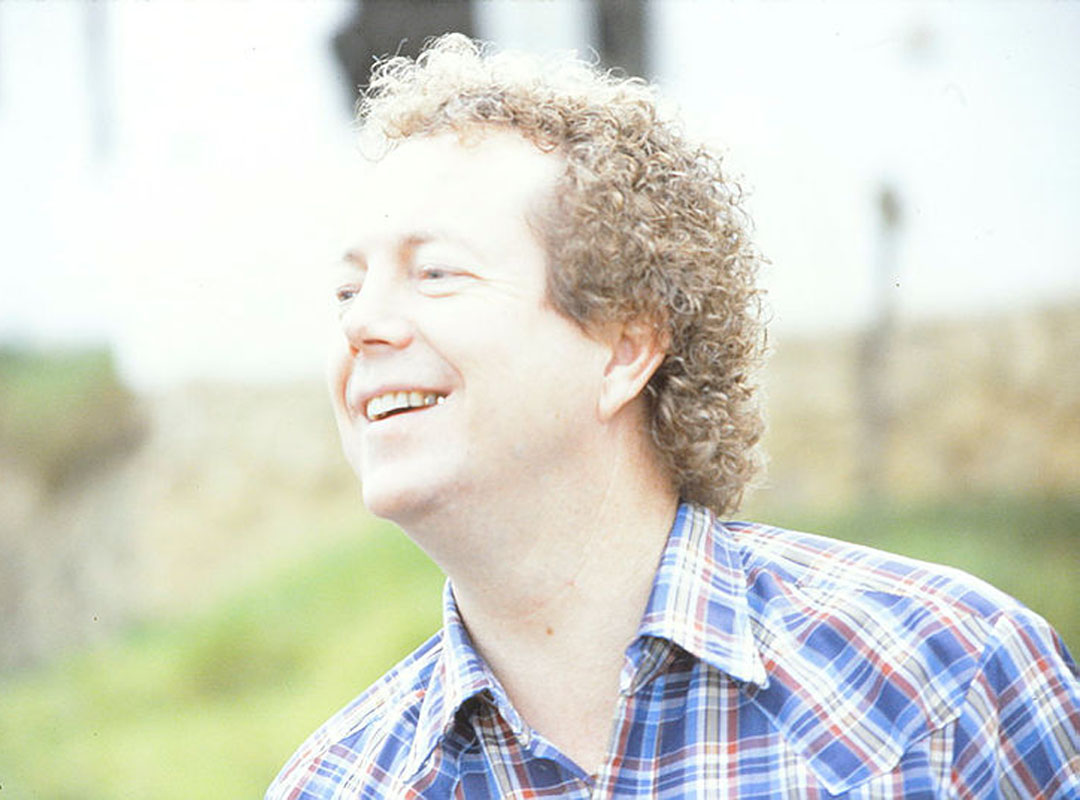

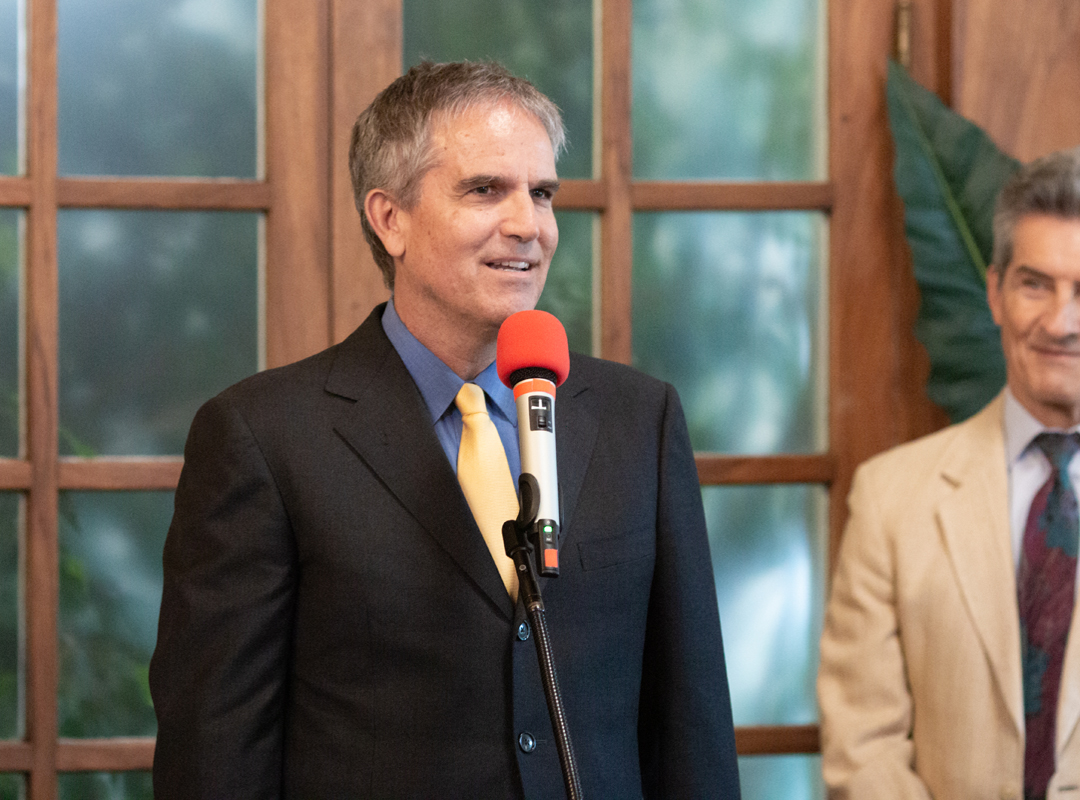
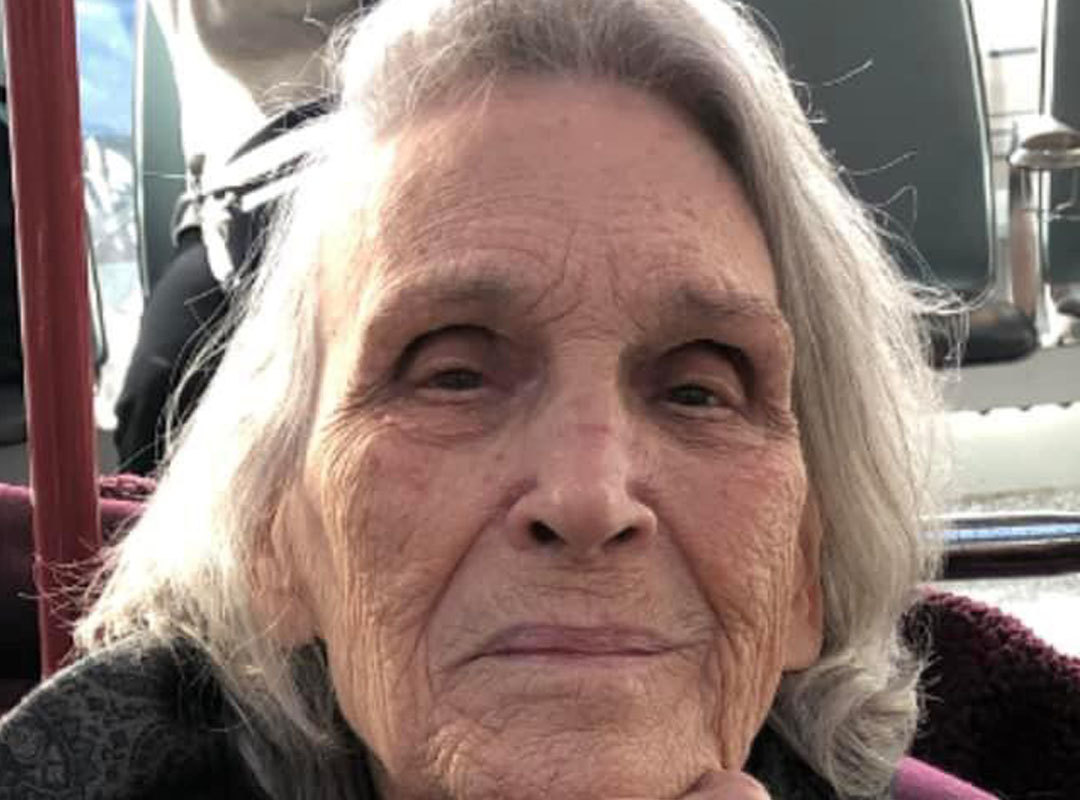
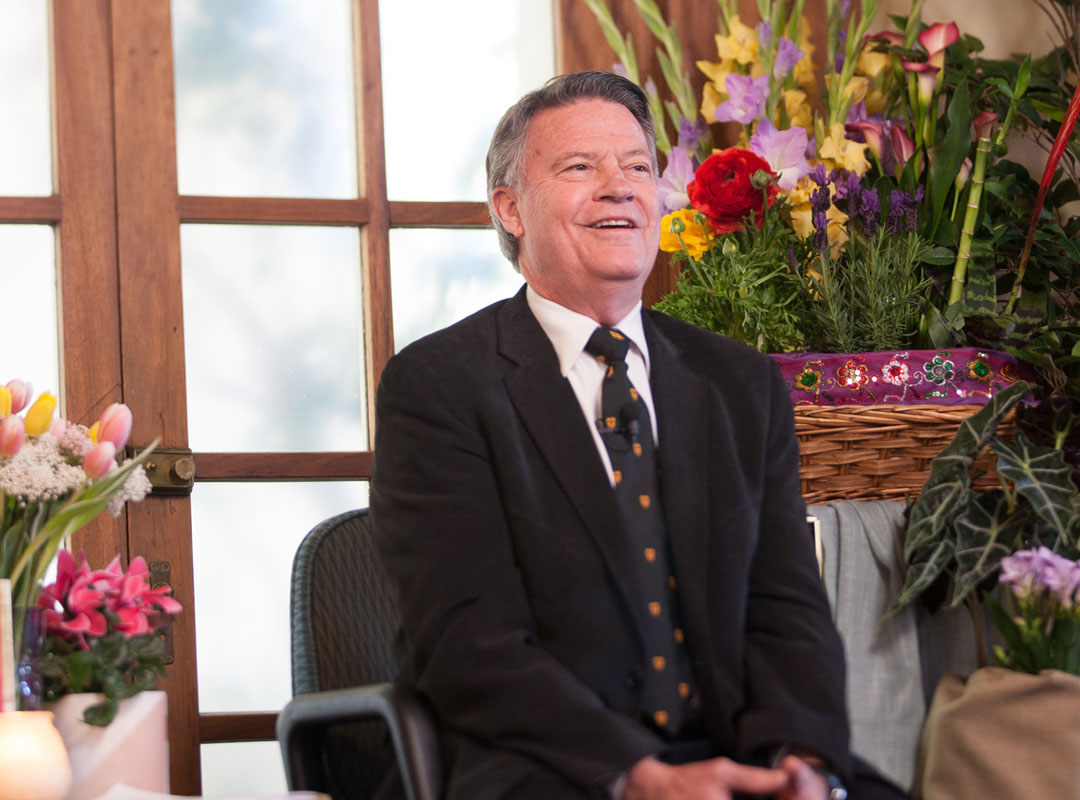
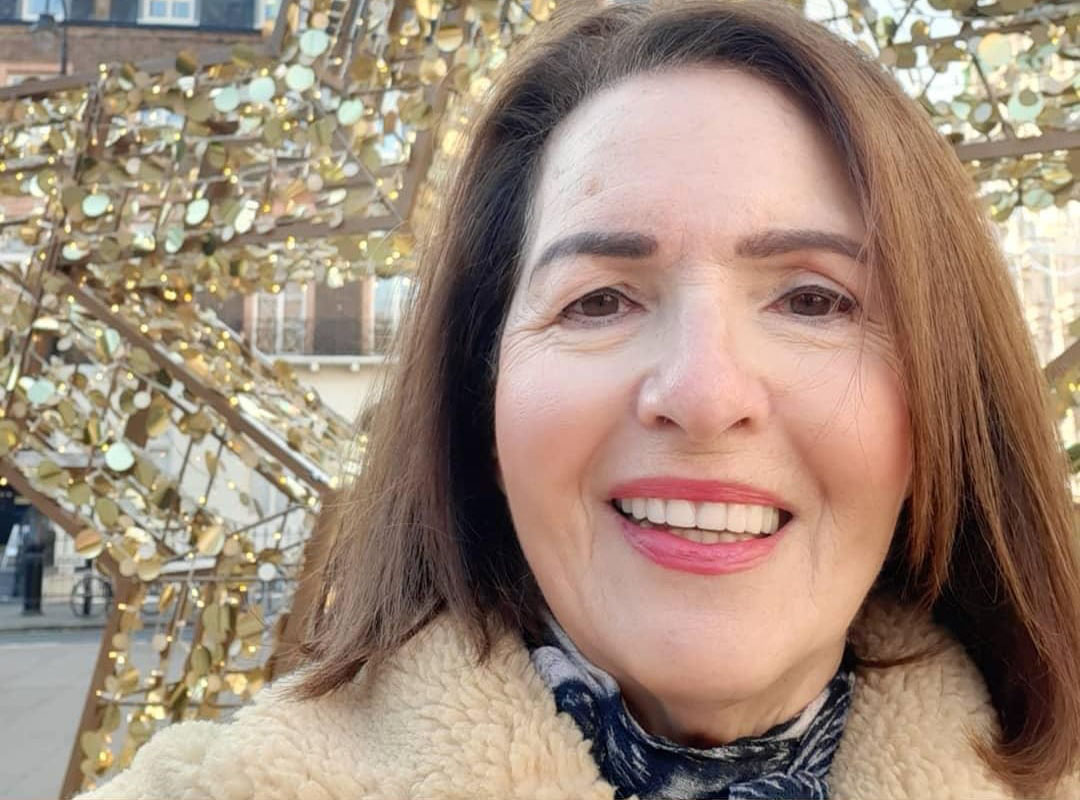
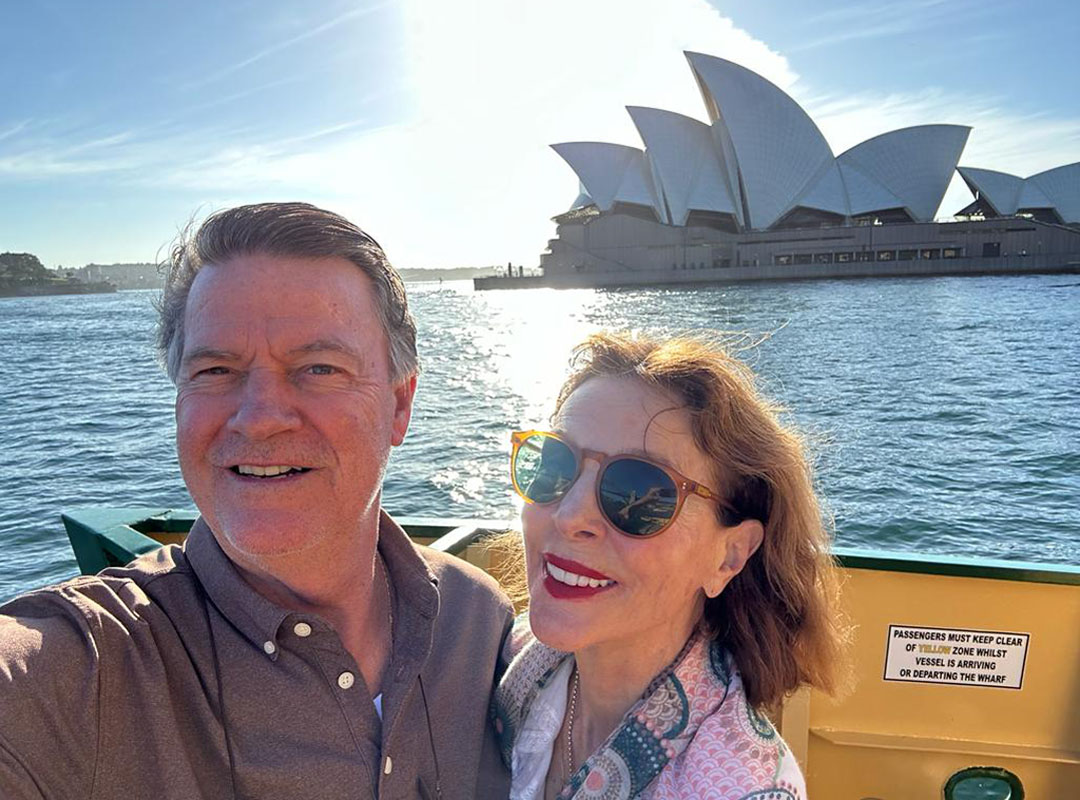
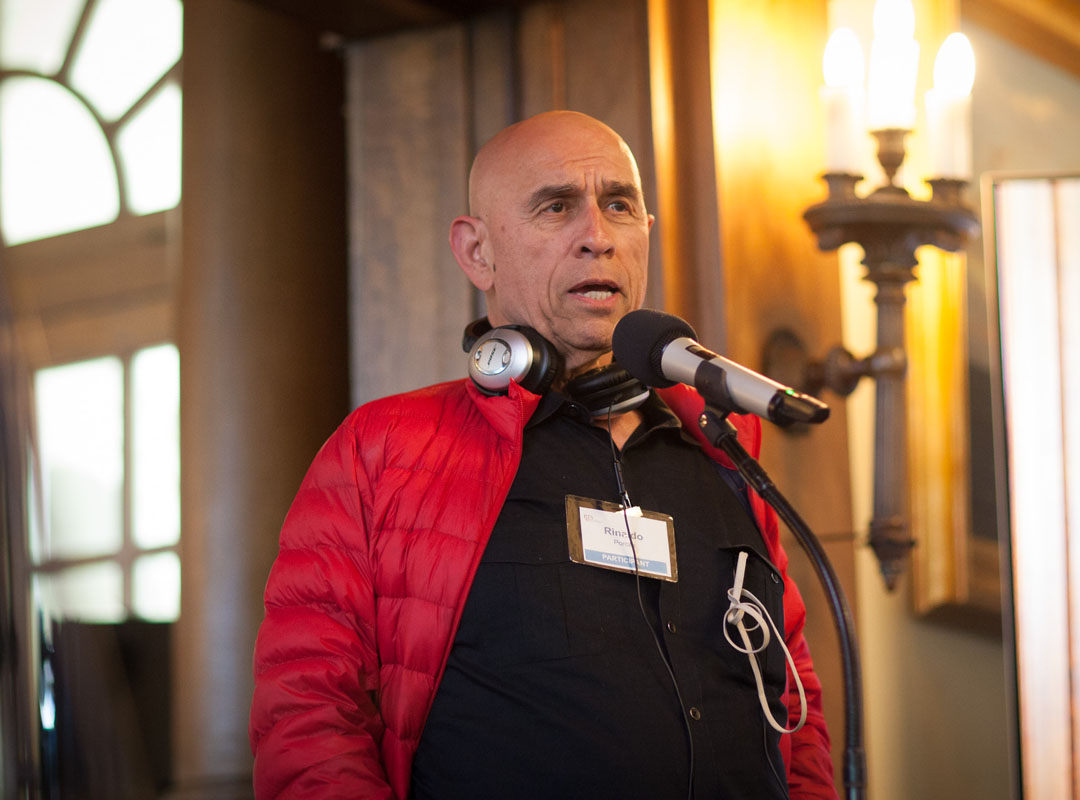
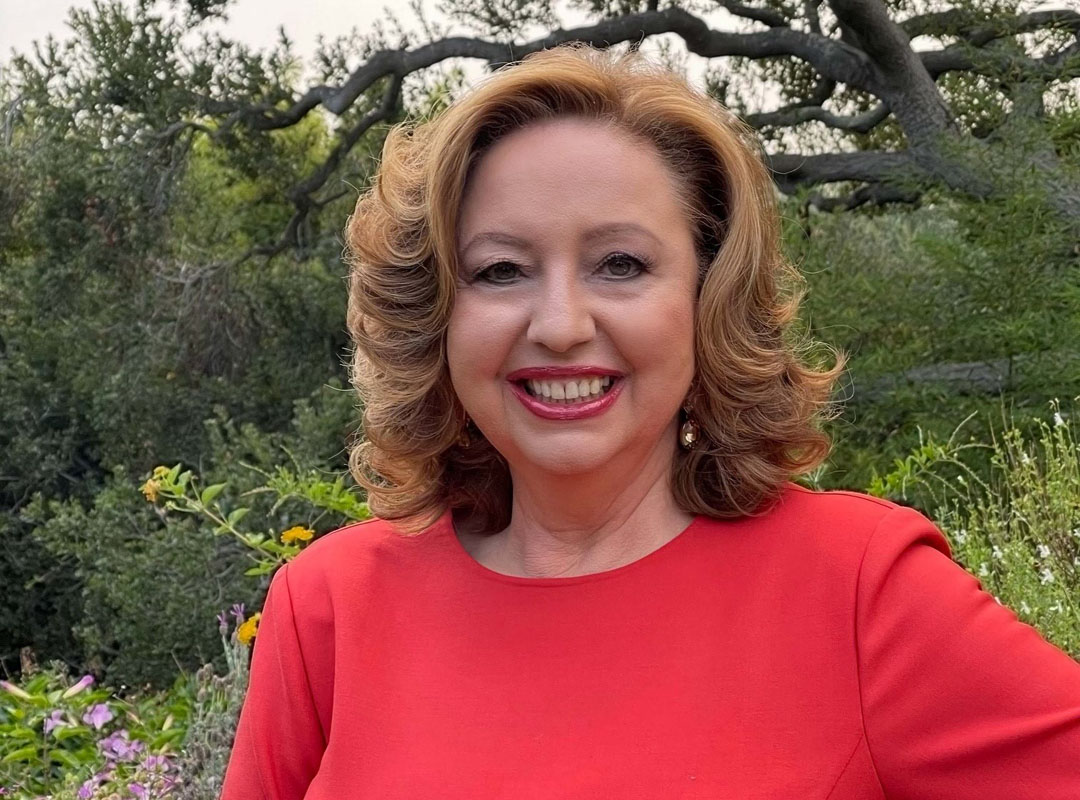
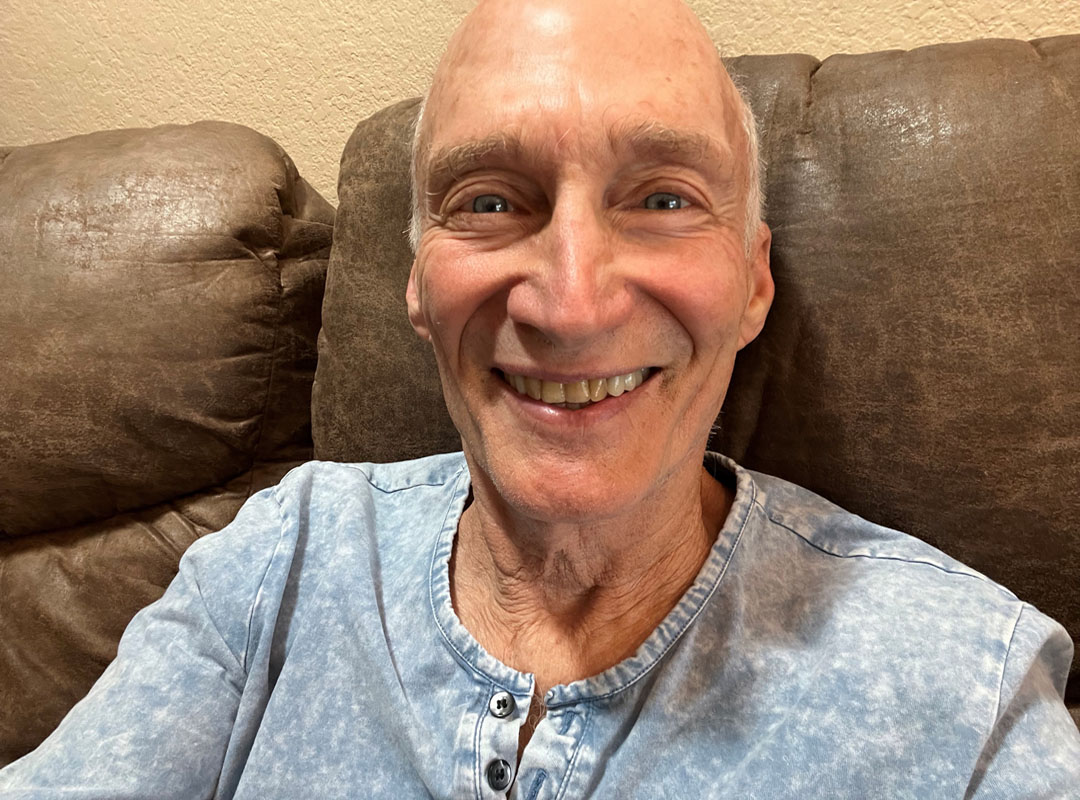
What a beautiful article. As someone who’s never been in that part of the world, I learned many surprising things. Thank you! I’m so very happy that the wildlife fund has been newly supported. Thank you for your work; that little marsupial (?) on the hand is the dearest creature ever! Would make a wonderful children’s book. Many blessings and thanks to you.
Thank you and much Light to you and Kangaroo Island.
This is wonderful news, Wendy. I had just read that koalas are endangered and your article puts a new perspective on the fires. Thank you for what you are doing!